Dear Loungers,
I have project 2010 and I want to create some reports, it’s reporting is a bit clunky and previously (2003 I thnk) I used to be able to save the file as an access db and report using that. It seems this is no longer possible. Does anyone have any other ideas about how to create good reports from 2010.
By the way, I am operating standalone. it occured to me that Project server might be better and possibly reporting services would work with it? although heaven knows what that would do to the cost.
thank you……………… liz


